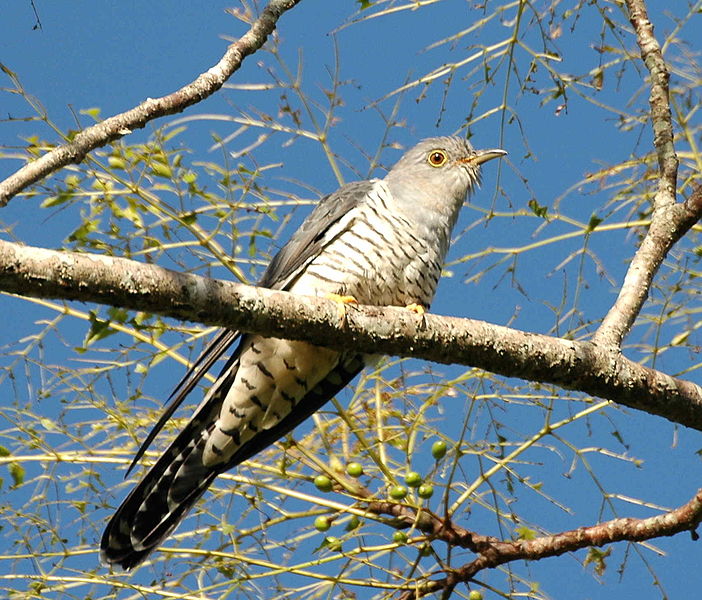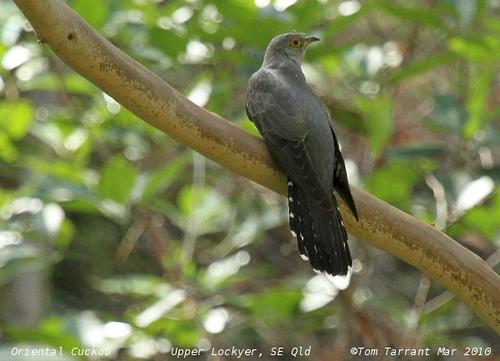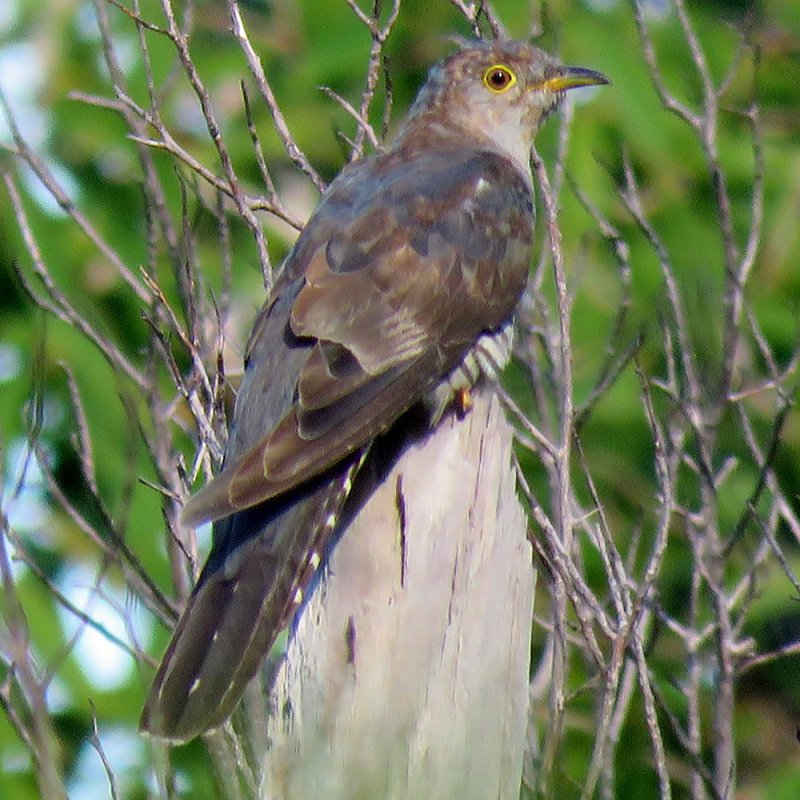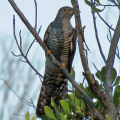Colours
Distinguishing features
The adult male has a grey head, breast and upperparts. The belly is creamy-white with dark bars. The vent is frequently buff with few markings. The legs and feet are orange-yellow and there is a bare yellow ring around the eye.
Adult females and juveniles occur in two morphs. The grey morph is similar to the male but has a brownish wash on the breast. The rufous morph is reddish-brown above, paler on the underparts and with strong dark barring all over including the rump. (Wikipedia)
Size
- From 30 cm to 32 cm (Length of specimen)
Weight
- From 0.073 kg to 0.156 kg
Wingspan
- From 51 cm to 57 cm
Synonyms
Distribution
Distribution and habitat preferences
It has a large breeding range in northern Eurasia. It breeds across much of Russia west to the Komi Republic with occasional records as far west as Saint Petersburg. It also breeds in northern Kazakhstan, Mongolia, northern China, Korea and Japan. There have been records of birds displaying in Finland in recent years but their identification is no longer considered certain.
The exact extent of its wintering range is uncertain due to its secretive habits and the difficulty of separating it from the Himalayan Cuckoo and other similar species. It is believed to include the Malay Peninsula, Indonesia, the Philippines, New Guinea, western Micronesia, the Solomon Islands and northern and eastern Australia with occasional birds reaching New Zealand. It has occurred as a vagrant in Ukraine, Israel and Alaska.
It mainly inhabits forests, occurring in coniferous, deciduous and mixed forest. It feeds mainly on insects and their larvae, foraging for them in trees and bushes as well as on the ground. It is usually secretive and hard to see. (Wikipedia)
Local abundance
- Lizard Island, Queensland, Australia: The Oriental Cuckoo has been recorded only twice at Lizard Island, on 23 December 2005 (Atlas of Living Australia, accessed 8 April 2012) and Ceri Pearce's record on 4 Jan 2016.




